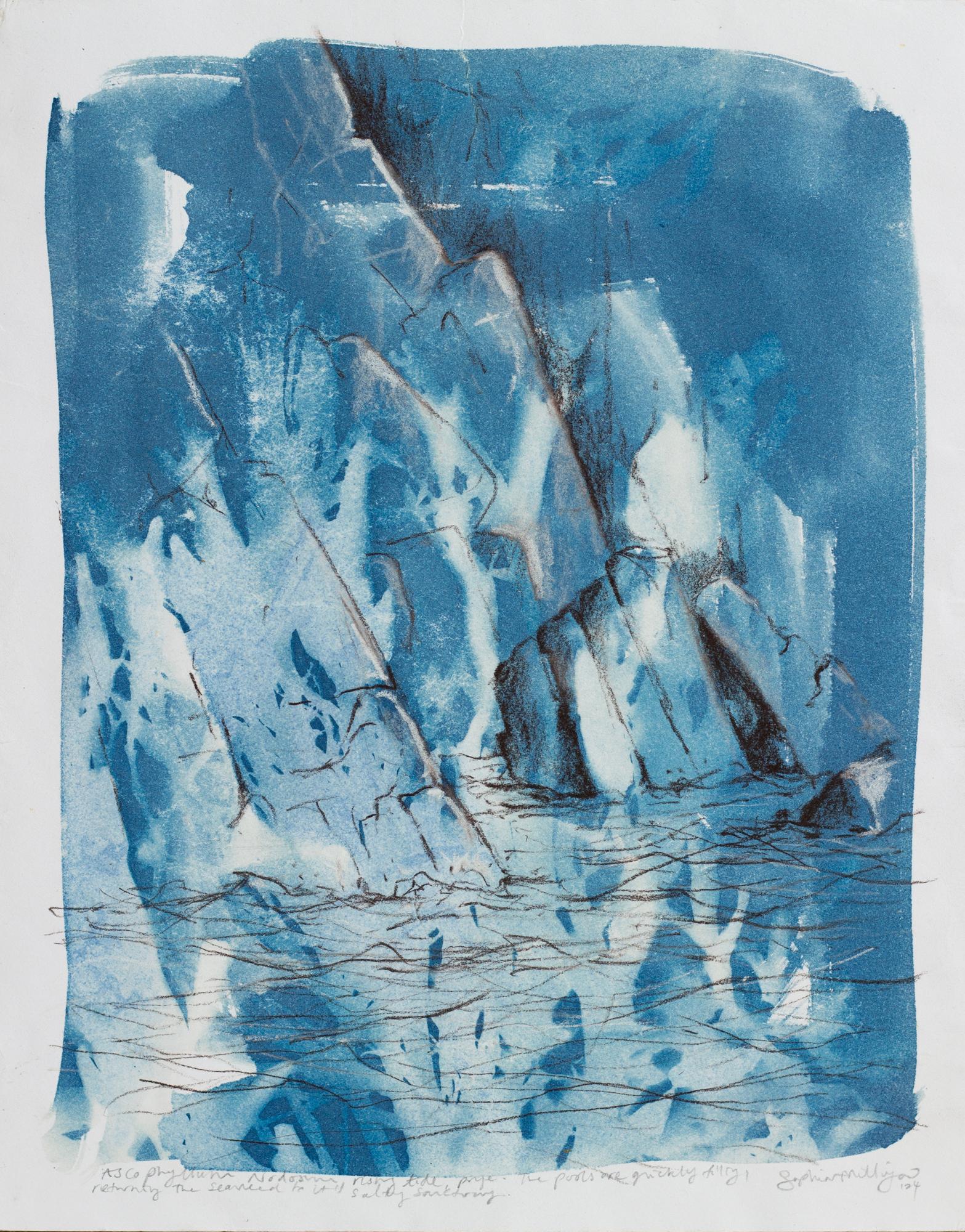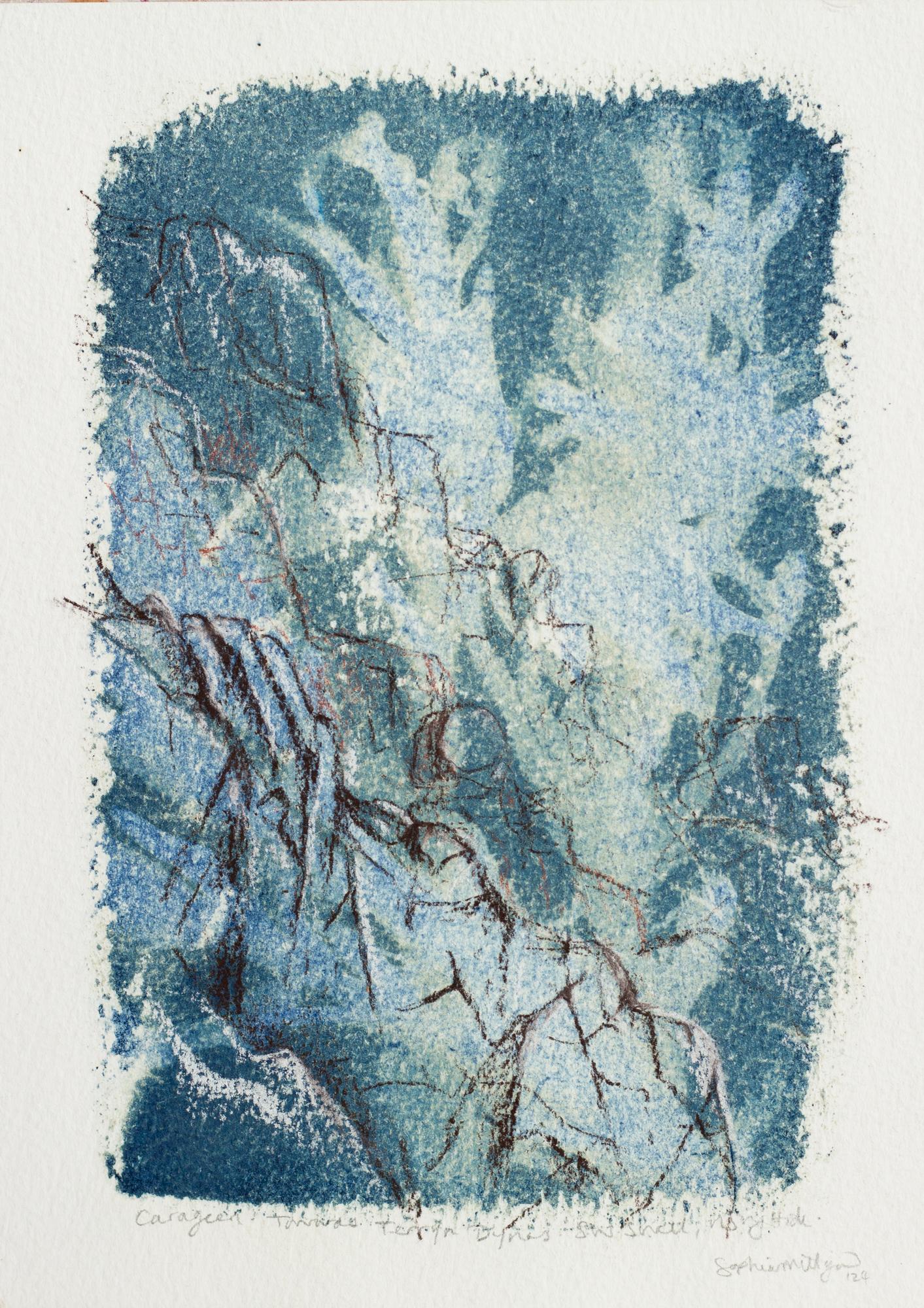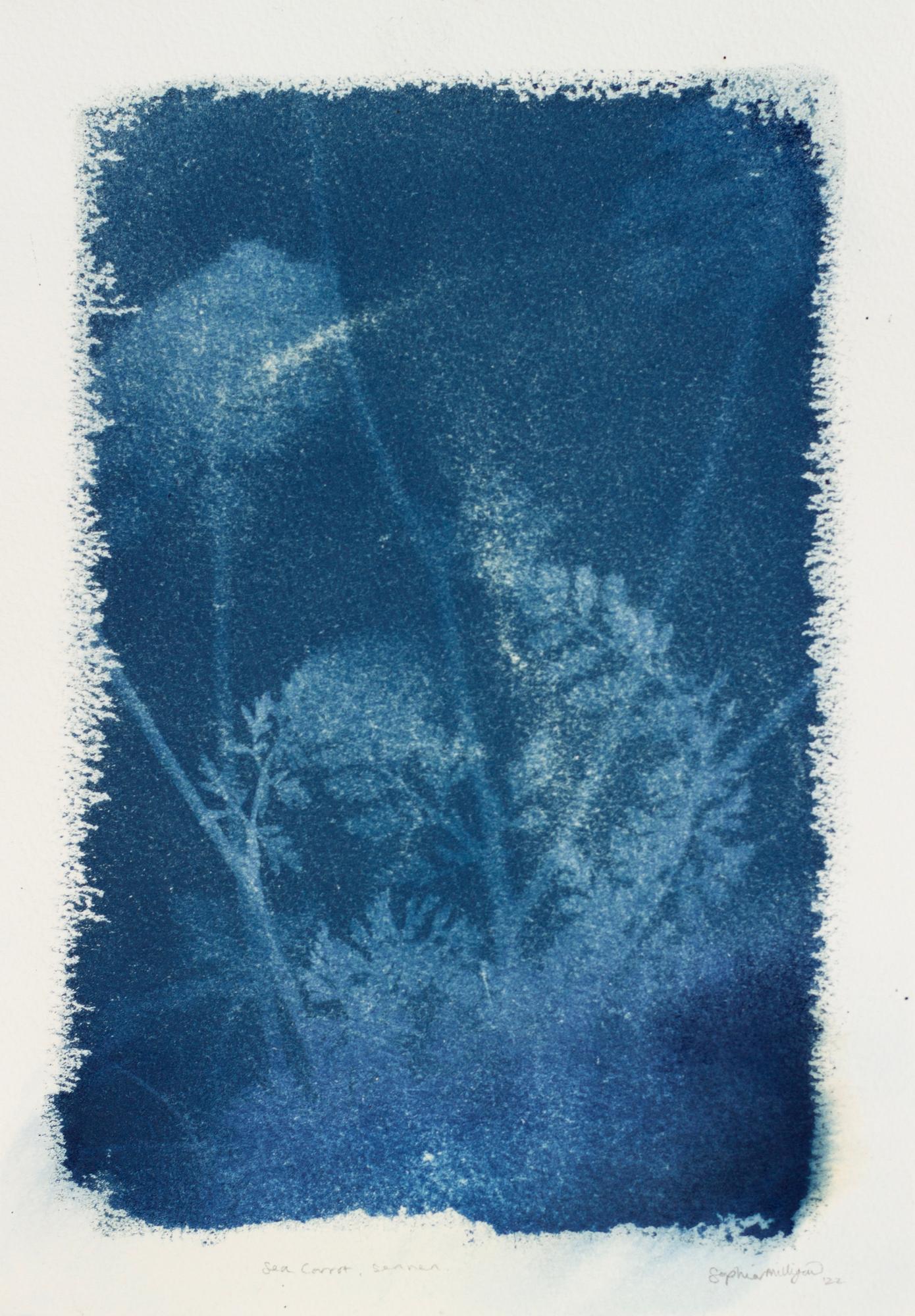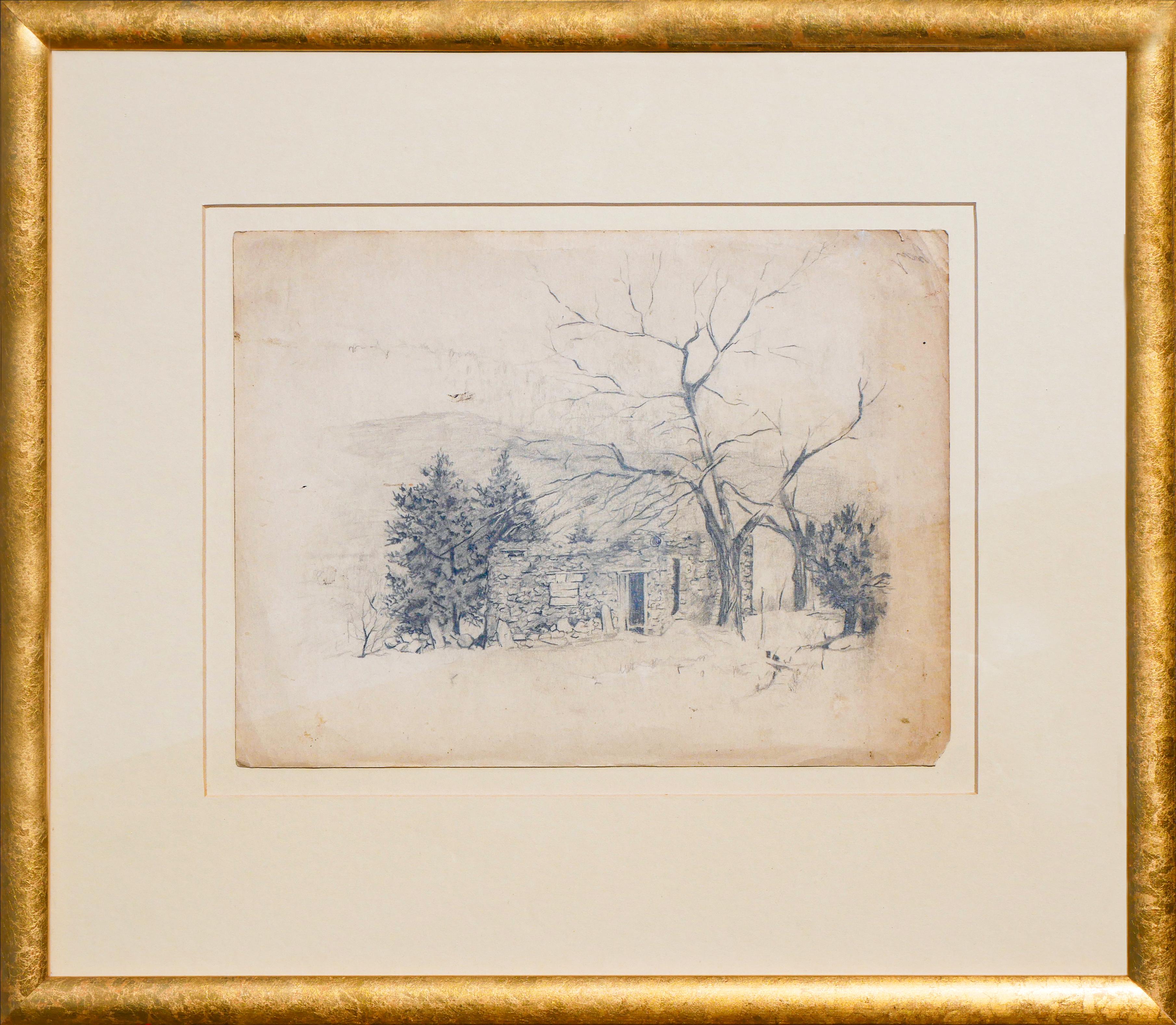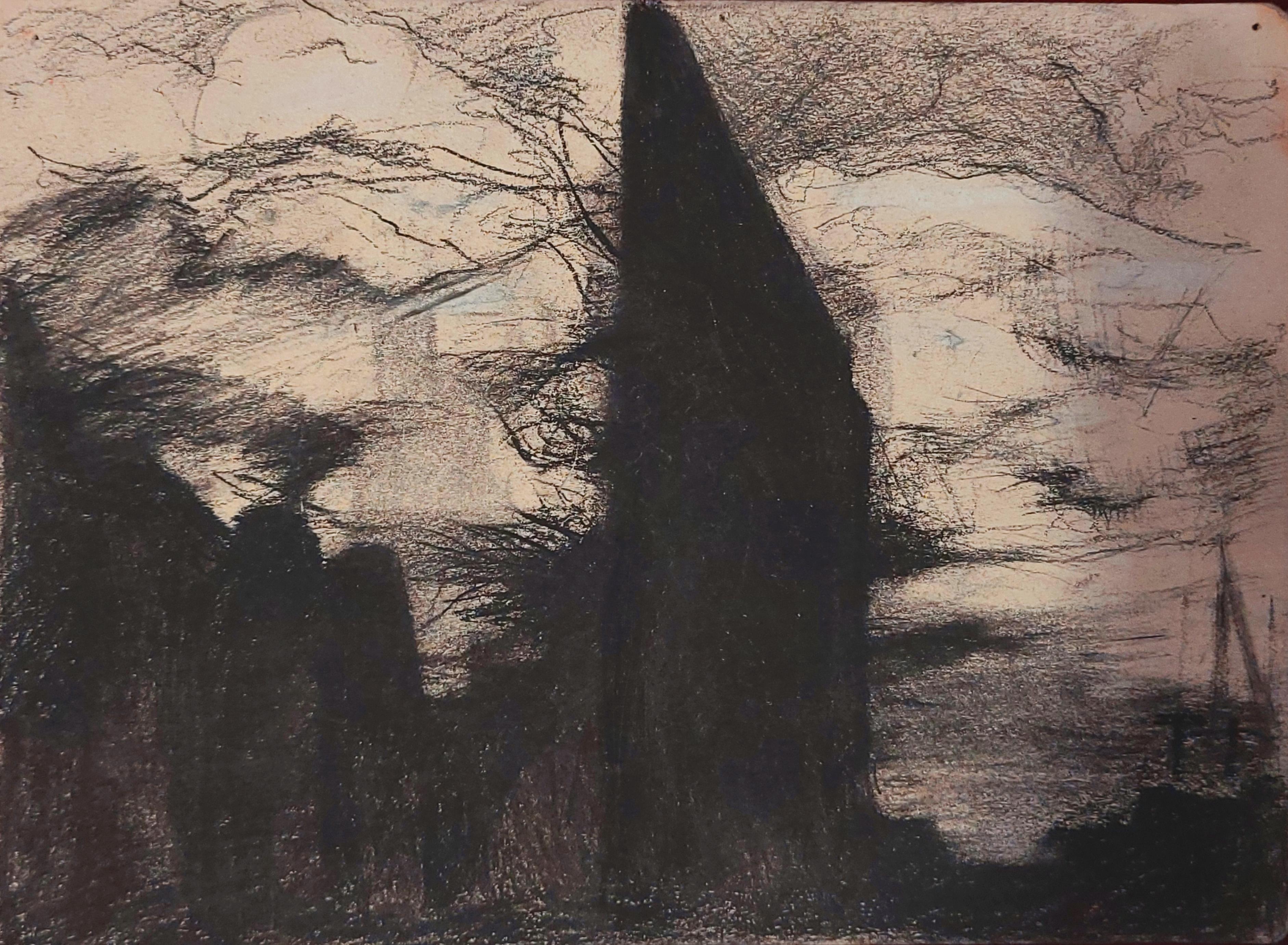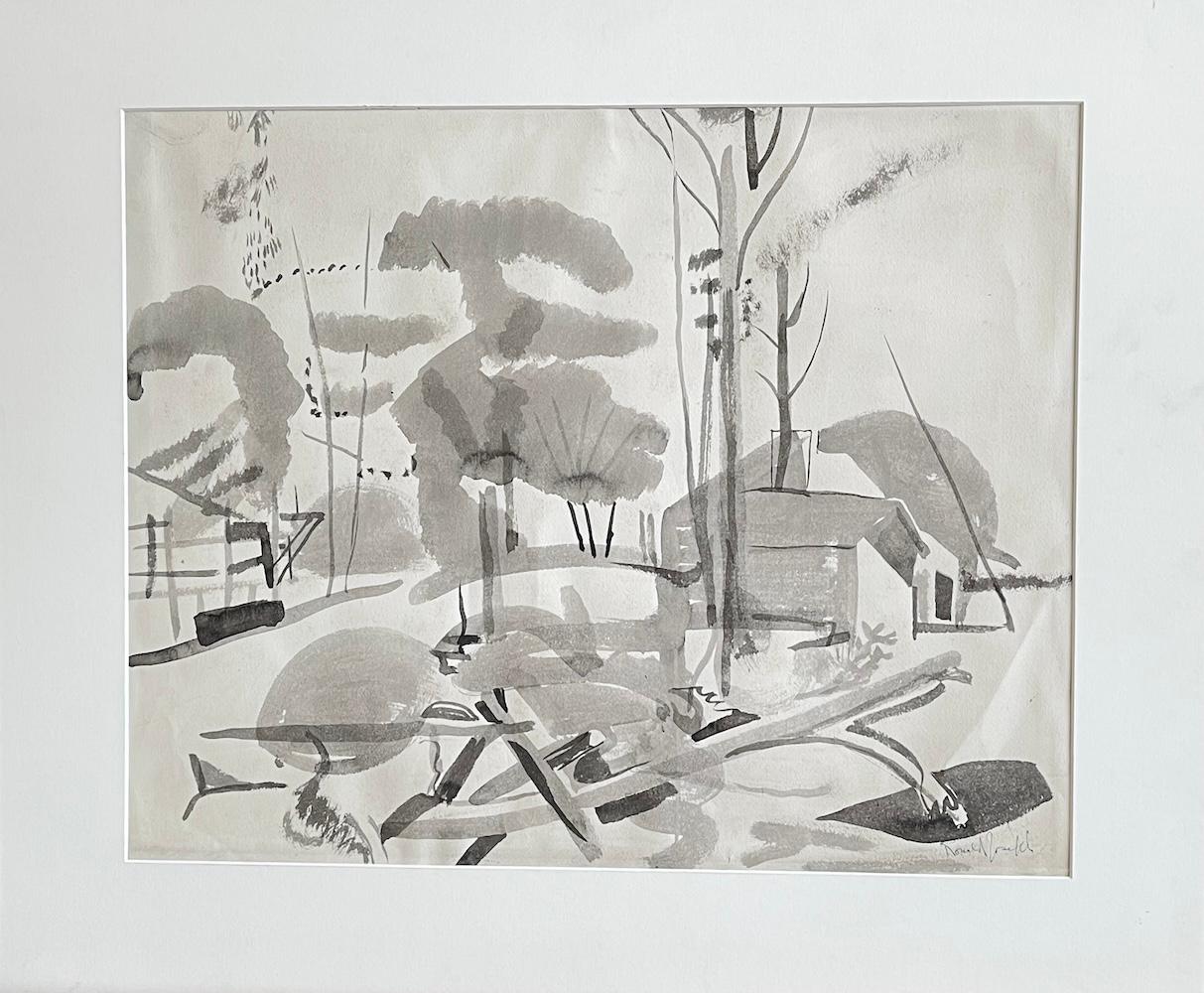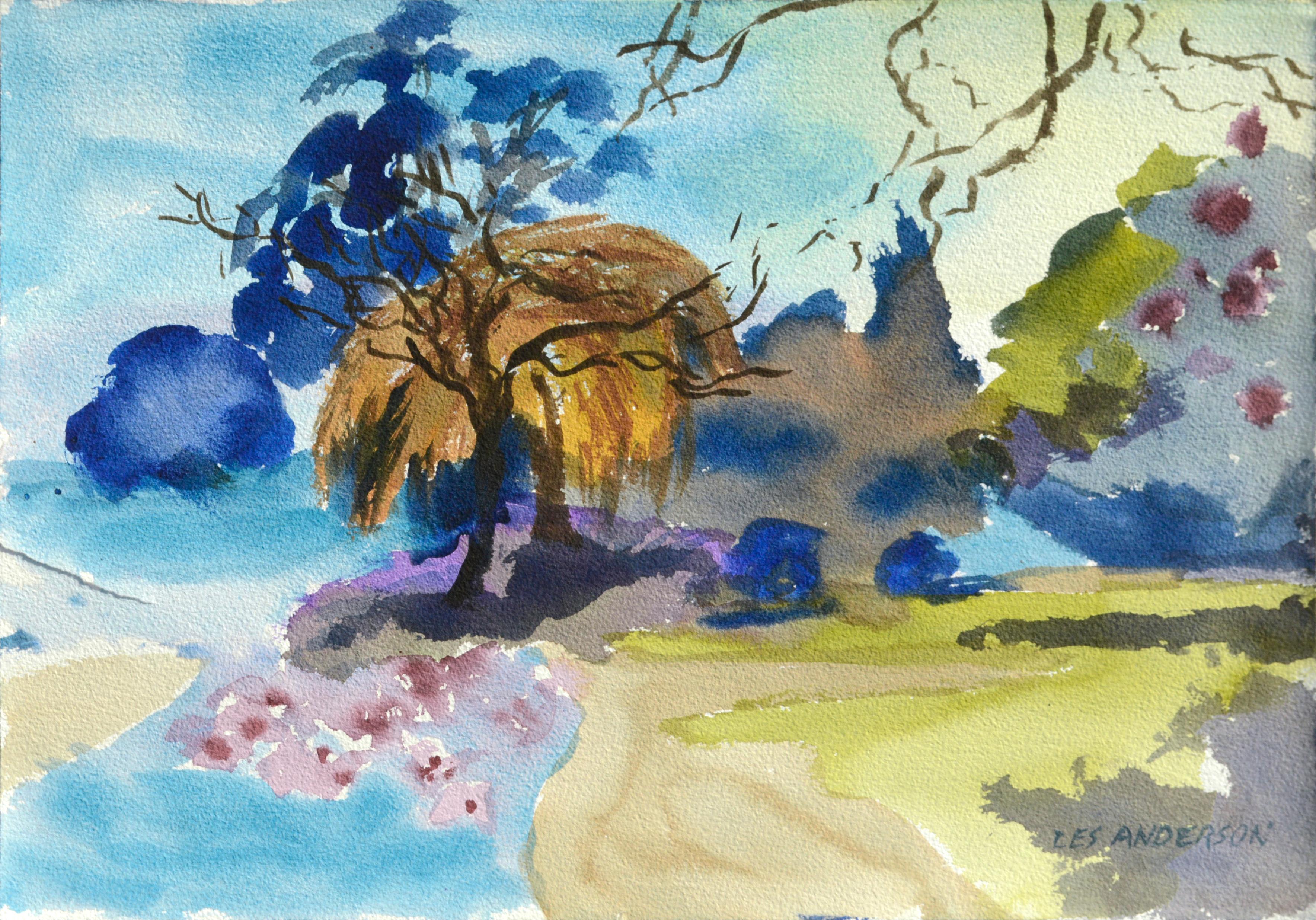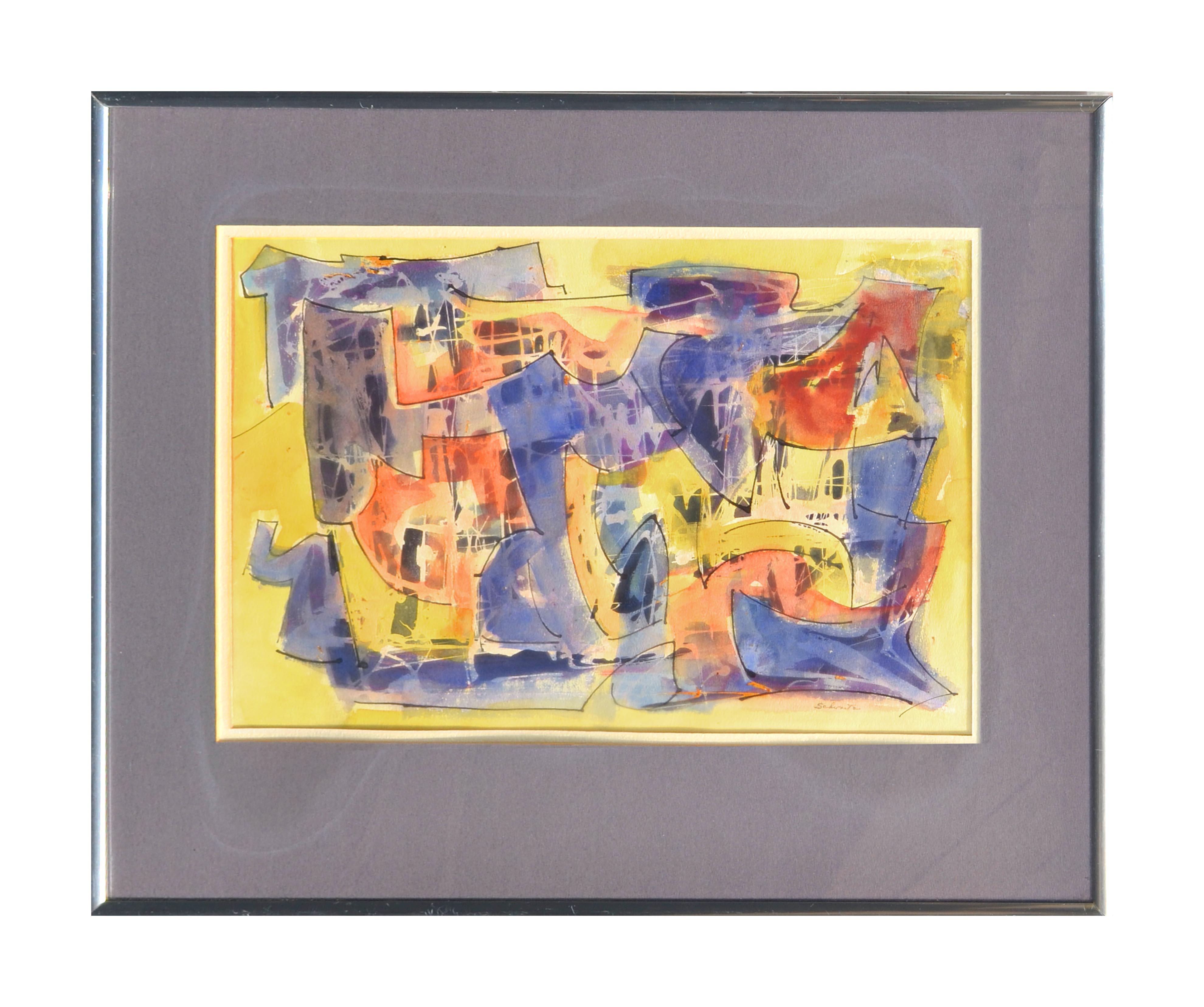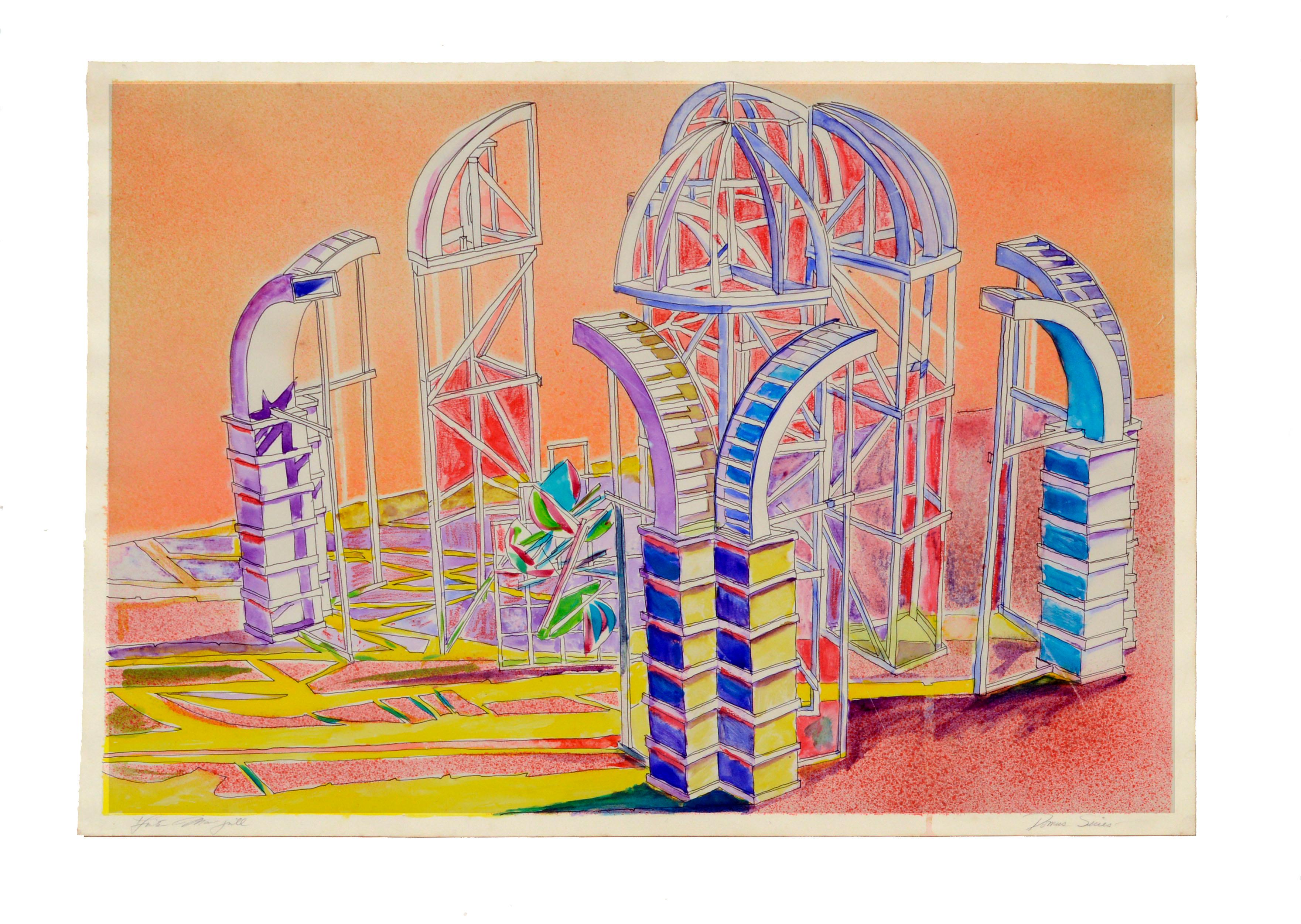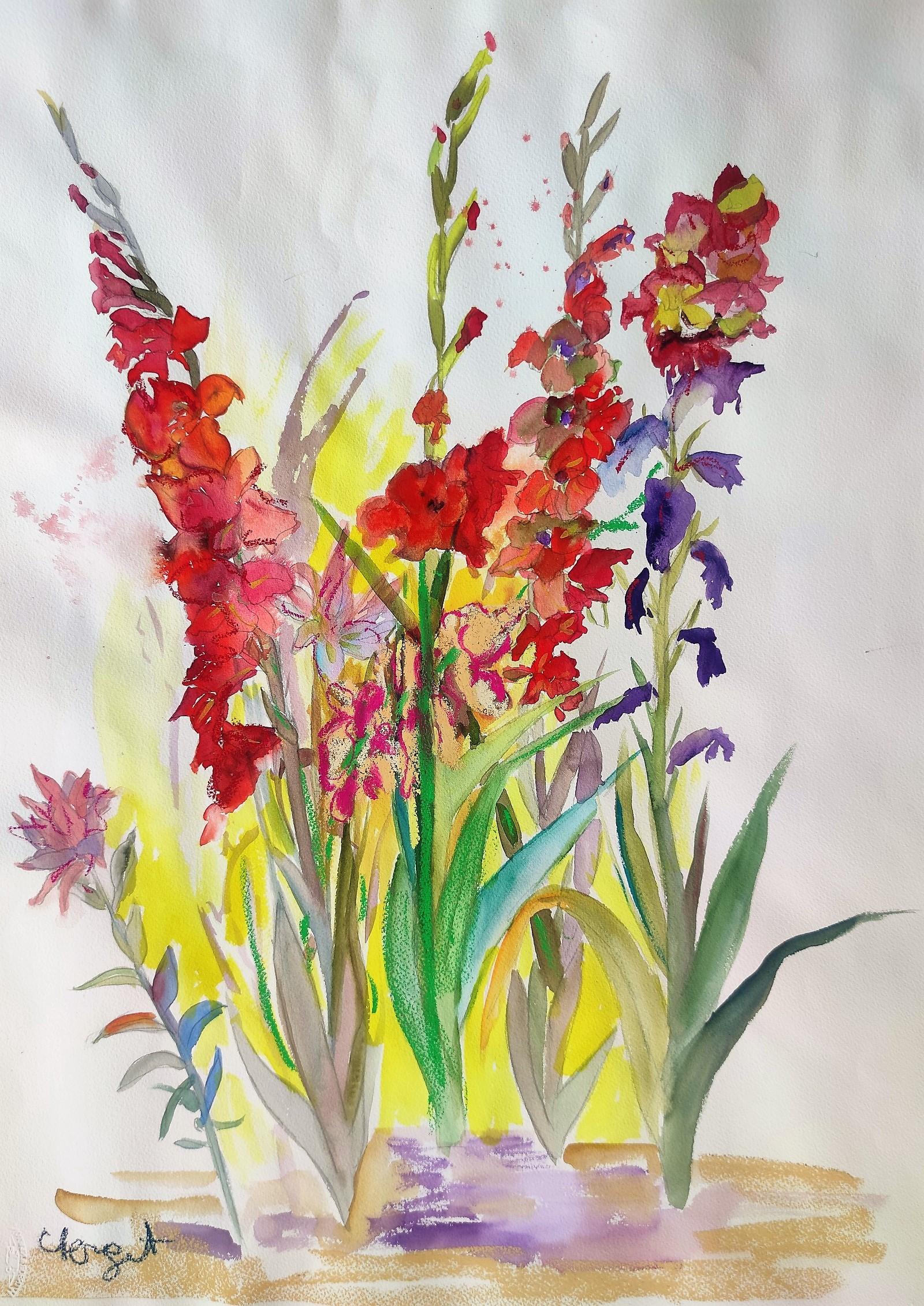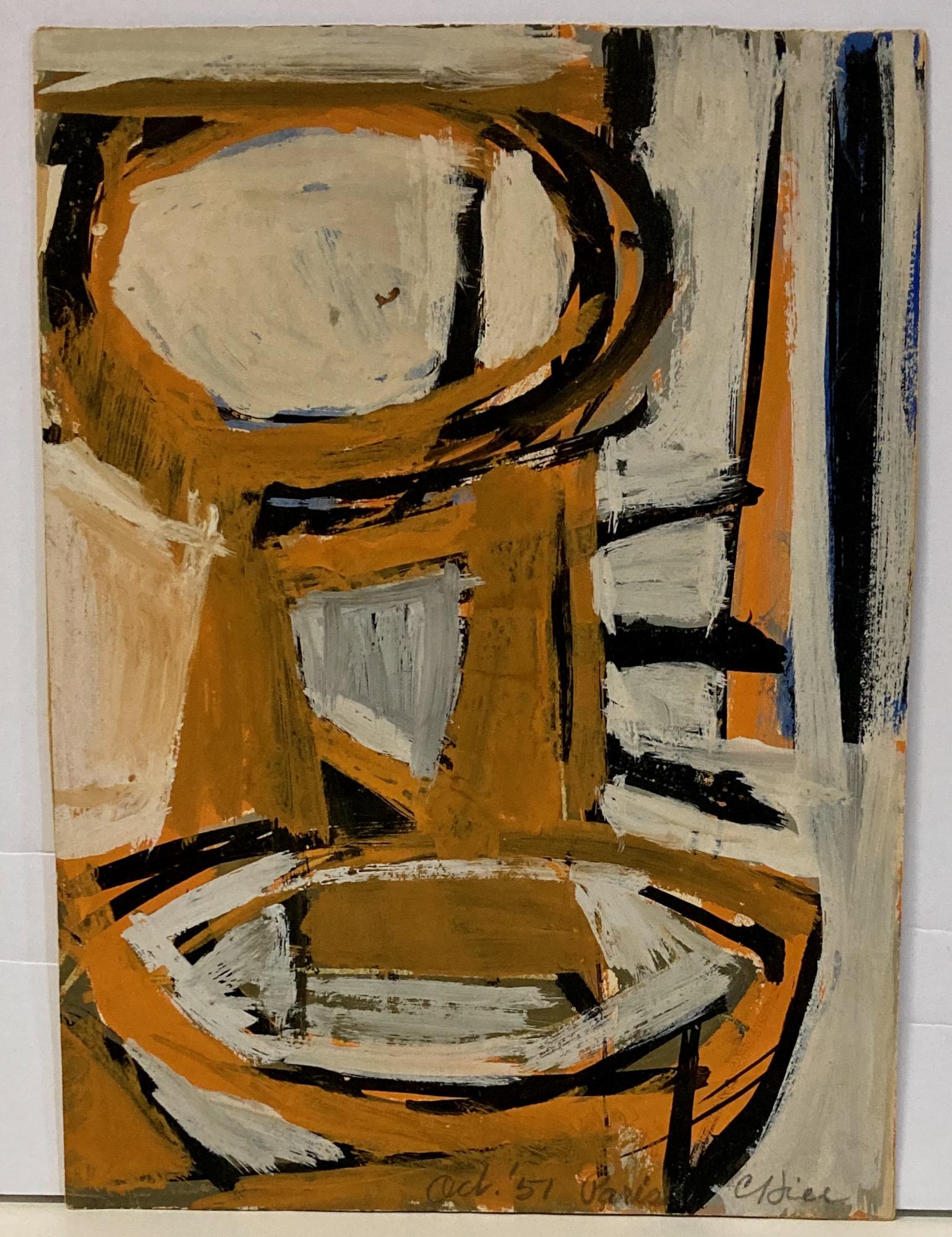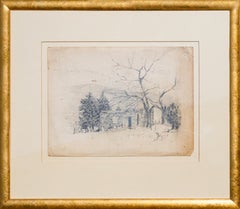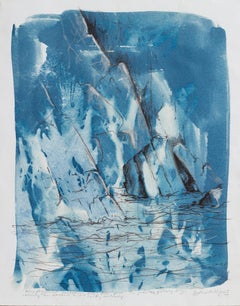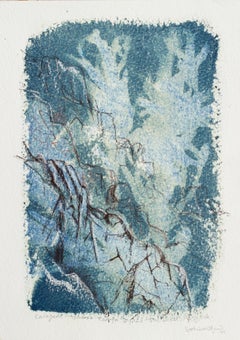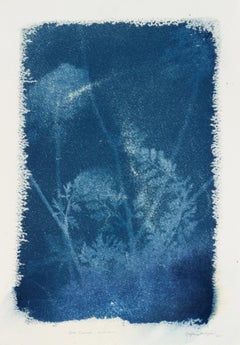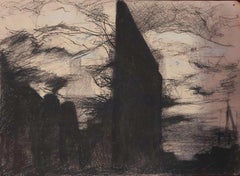Woman Walking Along an Adobe Wall
View Similar Items
Want more images or videos?
Request additional images or videos from the seller
1 of 8
UnknownWoman Walking Along an Adobe Wall20th century
20th century
About the Item
- Creation Year:20th century
- Dimensions:Height: 21 in (53.34 cm)Width: 17 in (43.18 cm)Depth: 1 in (2.54 cm)
- Medium:
- Movement & Style:
- Period:
- Condition:
- Gallery Location:Houston, TX
- Reference Number:Seller: CA8.2019.0329.7431stDibs: LU551310553222

About the Seller
5.0
Gold Seller
Premium sellers maintaining a 4.3+ rating and 24-hour response times
Established in 1969
1stDibs seller since 2014
861 sales on 1stDibs
Typical response time: 2 hours
Authenticity Guarantee
In the unlikely event there’s an issue with an item’s authenticity, contact us within 1 year for a full refund. DetailsMoney-Back Guarantee
If your item is not as described, is damaged in transit, or does not arrive, contact us within 7 days for a full refund. Details24-Hour Cancellation
You have a 24-hour grace period in which to reconsider your purchase, with no questions asked.Vetted Professional Sellers
Our world-class sellers must adhere to strict standards for service and quality, maintaining the integrity of our listings.Price-Match Guarantee
If you find that a seller listed the same item for a lower price elsewhere, we’ll match it.Trusted Global Delivery
Our best-in-class carrier network provides specialized shipping options worldwide, including custom delivery.More From This Seller
View AllNaturalistic Monochromatic New Mexico Landscape Pencil Drawing with Trees
Located in Houston, TX
Naturalistic pencil drawing of a New Mexican landscape by artist Madelyn Colby. The work features a grove of trees surrounding a small abandoned building with the hint of a mountain ...
Category
Mid-20th Century Naturalistic Landscape Drawings and Watercolors
Materials
Paper, Pencil
“End of Season” Abstract Blue and Grey Toned Watercolor Landscape Painting
Located in Houston, TX
Abstract landscape watercolor painting on paper that incorporates blue and grey tones.
The painting is signed in the lower center and is currently displayed in a beautiful silver fr...
Category
1950s Abstract Landscape Drawings and Watercolors
Materials
Paper, Watercolor
Pastel Blue and Green Toned Abstract Watercolor Mountainous Seaside Landscape
By Frank Freed
Located in Houston, TX
Pastel blue and green toned watercolor painting of a sweeping seaside landscape. In the distance a small town can be seen nestled amongst the mountains at the water's edge. Signed "F...
Category
1960s Abstract Landscape Drawings and Watercolors
Materials
Watercolor
Watercolor Landscape View of a Lake
By William Zaner
Located in Houston, TX
Watercolor painting of a landscape with a lake and trees in the background. Mainly blue and fall colored tones. Signed and dated by the artist in the bottom left corner of painting.
Artist Biography: William Zaner also known as Bill Zaner...
Category
1960s Contemporary Landscape Drawings and Watercolors
Materials
Watercolor
Modern Abstract Neutral-Toned Watercolor Landscape of a Spacious House
By Bertha Davis
Located in Houston, TX
Modern abstract watercolor drawing of a house by Texas artist Bertha Davis. The work features a loosely rendered neutral-toned depiction of a spacio...
Category
1970s Modern Landscape Drawings and Watercolors
Materials
Ink, Watercolor
“Freedom Towers” Blue Toned Abstract Surrealist Architectural Archway Drawing
By Patrick Palmer
Located in Houston, TX
Blue and pink toned abstract landscape by Texas artist Patrick Palmer. The painting depicts two architectural arches against a cool and warm sunset sky. Pencil inscriptions are seen ...
Category
1980s Abstract Landscape Drawings and Watercolors
Materials
Pastel, Mixed Media, Acrylic
You May Also Like
'Omvetya I'. Blue white ocean landscape abstract nature drawing
By Sophia Milligan
Located in Penzance, GB
'Omvetya I (Prye, Rising Tide)'
Original Artwork. Unframed
______________
Softly dancing seaweed, patiently awaits the return of the salty sea to fill the tidal pools. Created outdo...
Category
2010s Naturalistic Landscape Drawings and Watercolors
Materials
Paper, Conté, Mixed Media, Pencil, Carbon Pencil, Photogram
'Omvetya II'. Blue white shore ocean landscape abstract nature drawing
By Sophia Milligan
Located in Penzance, GB
'Omvetya II (Cargeen, Towards Treryn Dinas)'
Original Artwork. Unframed
______________
Softly dancing seaweed, patiently awaits the return of the salty sea to fill the tidal pools. ...
Category
2010s Naturalistic Landscape Drawings and Watercolors
Materials
Paper, Conté, Mixed Media, Pencil, Carbon Pencil, Photogram
'Omvetya III'. Blue white shore ocean beach cottage abstract nature drawing
By Sophia Milligan
Located in Penzance, GB
'Omvetya III (Sea Carrots, Sennen)'
Original Artwork. Unframed
______________
The evening light is drawing low soft shadows in the dunes at the salted edge of the Atlantic. 'Omvety...
Category
2010s Naturalistic Landscape Drawings and Watercolors
Materials
Paper, Conté, Mixed Media, Pencil, Carbon Pencil, Photogram
Flat Iron, New York City
By Tom Irizarry Studio
Located in Booklyn, NY
The eerie timeless Flat Iron building stands silhouetted against a winter sky one day in NYC. Tom was struck by the severe geometry of an historic b...
Category
19th Century Naturalistic Landscape Drawings and Watercolors
Materials
Charcoal, Archival Paper
WOODED LANDSCAPE WITH HOUSES Signed Watercolor, Trees, African American Artist
Located in Union City, NJ
WOODED LANDSCAPE WITH HOUSES Signed original brush and ink on wove paper, circa 1950.
WOODED LANDSCAPE WITH HOUSES is an original watercolor brush and ink on paper, hand signed in ink pen by African-American artist, teacher, and printmaker Ronald Joseph (1910--1992) Artwork depicts an abstract landscape, is in good condition, paper tape remaining on reverse side edges, mounted in an archival acid-free mat, unframed.
Artwork paper size - 18 x 21.5 in.
Year created - c. 1950
About the artist -
Ronald Joseph (1910 -1992) was born on the island of St. Kitts, West Indies In 1910. When he was very young, his mother decided to move to the United States but she could not afford to take him with her. Mr. and Mrs. Theophilus Joseph, a childless couple who were friends of Joseph’s mother, adopted him. Afterwards, the Joseph family moved to the Island of Dominica, where they stayed for ten years. In 1921, his foster parents also decided to come to the United States. In New York, Joseph met his mother but remained living with his foster parents.
In 1926 Ronald Joseph received a scholarship for the Ethical Culture School, were he spent two and half years of his high school period. At this time he obtained an art scholarship through Dr. Henry Fritz, with whom he became acquainted
through his art teacher in public school. Joseph was taken into the Saturday art class, where he was the only black participant. An artistic prodigy, Ronald Joseph had his student works shown at the Metropolitan Museum of Art. Ronald Joseph
graduated from Ethical Culture Fieldston School in 1929. He was honored as “the most promising” young artist in New York City’s schools. He began his study at Pratt Institute in 1931 and graduated in 1934.
During the 1930s and 1940s, Joseph participated in many exhibitions of African-American art, the Works Progress Administration mural project, and the Harlem Artists Guild.
Ronald Joseph enlisted in the U.S. Army Air Corps at the declaration of World War II and was posted as a member of the ground crew in Tuskegee, Alabama, and in Michigan. At the end of the war in 1945, he received his G. I. Bill of Rights
scholarship.
In 1948, he was presented with the Rosenwald Fellowship. The funds allowed him to live and work abroad – first in Peru for two years, then in Paris. Joseph used the G.I. bill to study in Paris at the Grande Chaumière. He described this period of his
life as being “independent of economy”. His work from these travels is largely undocumented; according to Rosenwald scholar, Daniel Schulman, many pieces of art are undated or simply dated “1948-1952”. After this period he came back to
New York without money and work and indicated this as period of hardship.
Ronald Joseph left the U.S. in 1956, disappointed in the unreceptiveness of the art world to his work with mixed feelings about this. On the one hand, he felt guilty for having left the U.S. during a period when blacks were struggling for their civil
rights; on the other, he felt “lucky” to have been able to live and work in place where he did not feel discrimination as intensely. He emigrated to Belgium and later settled permanently in Brussels. Ronald Joseph was married to Claire Joseph
and they had a son, Robin Joseph.
In 1989 Joseph returned to the United States after an absence of thirty-three years to attend the Lehman College exhibition and symposium and to renew his old friendships. Afterward, he returned to Brussels where he continued to work as a
painter, living there for the remainder of his life.
Ronald Joseph started his artistic career in Harlem, New York City at the Harlem Community Arts Center, where he was one of the youngest pupils. Joseph studied lithography and other printmaking techniques with Riva Helfond, who taught him many aspects of the process based on simple techniques, including how to operate the press, and how to prepare the stones. Helfond played a significant role as a teacher of lithography at the Harlem Art Center. Joseph produced his first lithographs under her supervision, and this was at a time when she was just beginning to learn the medium herself. At the Harlem Community Arts Center Joseph met Robert Blackburn, who was his classmate. In 1937 Ronald Joseph depicted Blackburn, in one of his most famous works, that is now located at The Metropolitan Museum collection. Experimenting with lithography and etching, as well as woodblock and silkscreen printing, Joseph explored the techniques of printmaking alongside his friend Robert Blackburn. Joseph described the Harlem Art Center as a “healthy and lively” place, where he had made wonderful friends. In the late thirties, he also served as a teacher at the Harlem Community Arts Center. There Joseph met younger artist Jacob Lawrence and Gwendolyn Knight. They formed a friendship, where they enjoyed conversations and visiting museums together. Both Joseph and Knight would hire Lawrence to pose for them. Jacob Lawrence considered Ronald Joseph to be a very intellectual artist.
In the 1930s, Joseph became chairman of the Harlem Artists Guild and represented it in Washington with Stuart Davis and Hugo Gellert. Ronald Joseph was also a participant in the mural section of WPA and a representative of the Harlem Artists’ Guild to the New York World’s Fair (1939-1940).
Joseph’s early oil paintings were influenced by Picasso, Braque and other European artists while most of his contemporaries focused on social realism. By 1943, he was hailed by art historian James Porter as New York’s “foremost Negro abstractionist painter”. His pastels and gouaches from the late forties and early fifties showed a highly structured abstraction combined with a studied spontaneity. Ronald Joseph’s finely tuned abstractions often incorporated representational elements along with apparently “purer” forms. He described this aspect of his work in these terms: “It’s not abstract and abstract at the same time. It’s pure creation.” His works from the 1950s employed both still life and landscape as pretexts for masterly exercises in nearly abstract pictorial construction related to cubism and fauvism.
During World War II, Joseph was drafted. After the war he formed “a kind of a group” with Robert Blackburn, Charles White, Larry Potter, and Reginald Gammon...
Category
1950s Contemporary Landscape Drawings and Watercolors
Materials
Mixed Media, Watercolor, Ink
Fauvist Watercolor Landscape with Weeping Willow Tree
By Les Anderson
Located in Soquel, CA
Vivid, imaginative colors whirl and swirl together to form this whimsical Fauvist abstracted landscape watercolor, featuring a beautiful weeping willow tree...
Category
1980s Fauvist Landscape Drawings and Watercolors
Materials
Paper, Watercolor
